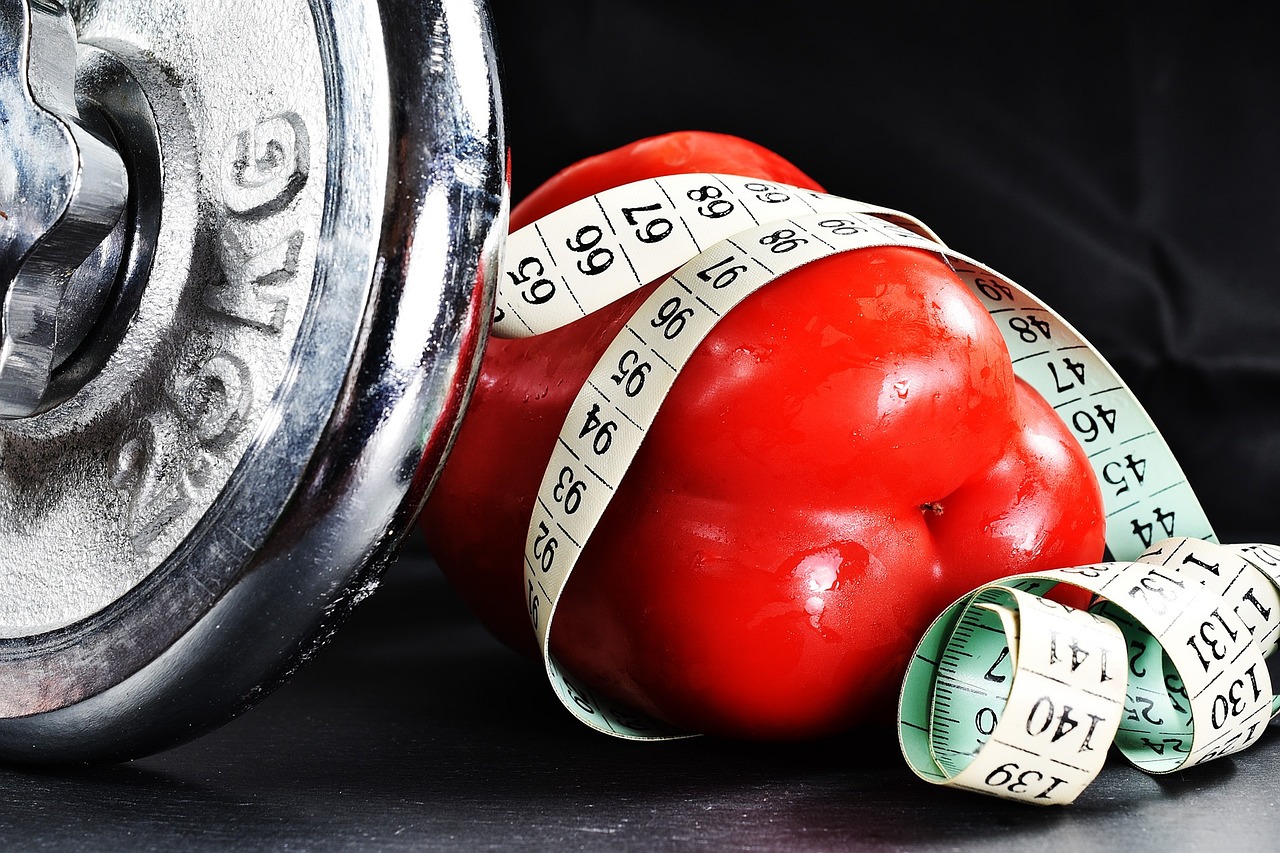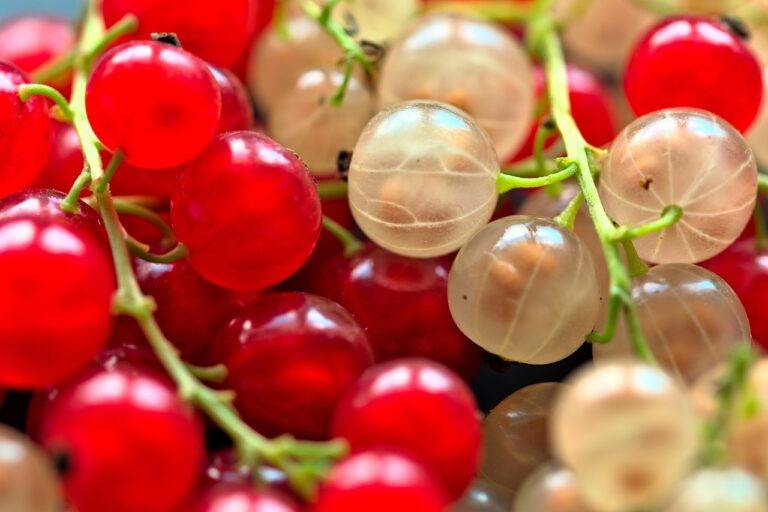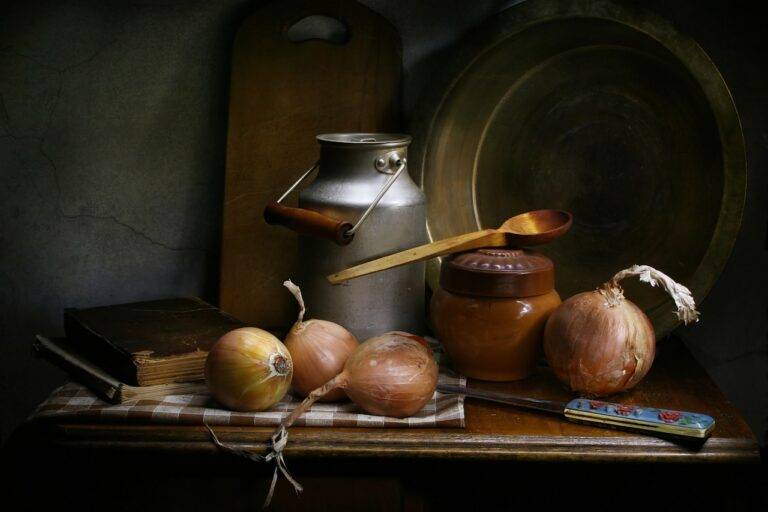The Art of Food Plating: Presentation Tips, Techniques
When it comes to food, the saying “you eat with your eyes first” couldn’t be more accurate. The presentation of a dish can significantly impact the overall dining experience, influencing how the food is perceived and enjoyed. A well-plated dish not only looks more appetizing but also suggests a level of care and attention to detail that can elevate the dining experience.
The visual appeal of a dish can entice diners and create anticipation for the flavors to come. Thoughtful food plating can enhance the perceived value of a meal, making it more satisfying and enjoyable. Additionally, a well-presented dish can showcase the chef’s creativity and skill, adding another dimension to the dining experience.
Choosing the Right Plate for Your Dish
When it comes to presenting your culinary creations, the choice of plate plays a crucial role in enhancing the overall dining experience. The right plate not only complements the aesthetics of the dish but also influences how the flavors and textures are perceived by the diner.
Consider the size and shape of the plate in relation to the portion size and presentation style of the dish. A smaller plate can create a sense of abundance when filled to the edges, while a larger plate with ample negative space can elevate the visual appeal of delicate or intricate plating designs. Additionally, the color and texture of the plate should be selected thoughtfully to contrast or complement the colors and textures of the food being served, enhancing the visual impact of the dish.
Why does presentation matter in food plating?
Presentation matters in food plating because it enhances the overall dining experience. A well-presented dish can stimulate the appetite, make the food more visually appealing, and create a memorable experience for the diner.
How do I choose the right plate for my dish?
When choosing the right plate for your dish, consider the size, shape, and color of the plate. The plate should complement the food without overpowering it. For example, if you have a dish with intricate details, a simple, solid-colored plate would be ideal.
What are some common plate shapes and their suitable dishes?
Some common plate shapes include round, square, rectangular, and oval. Round plates are versatile and can be used for various dishes. Square plates are modern and work well with contemporary cuisine. Rectangular plates are great for plating long or linear foods. Oval plates are elegant and suitable for more upscale dishes.
How important is the color of the plate in food presentation?
The color of the plate is important in food presentation as it can affect the overall aesthetic of the dish. Lighter colored plates are often used to make colorful foods stand out, while darker colored plates can create a dramatic effect. Consider the colors of your dish when selecting a plate to ensure a visually appealing presentation.
Are there any rules or guidelines to follow when choosing a plate for food plating?
While there are no strict rules, there are some guidelines to consider when choosing a plate for food plating. Make sure the plate is clean and free of any chips or cracks. Consider the type of cuisine you are serving and choose a plate that complements the style of food. Experiment with different shapes and sizes to see what works best for your dishes.





